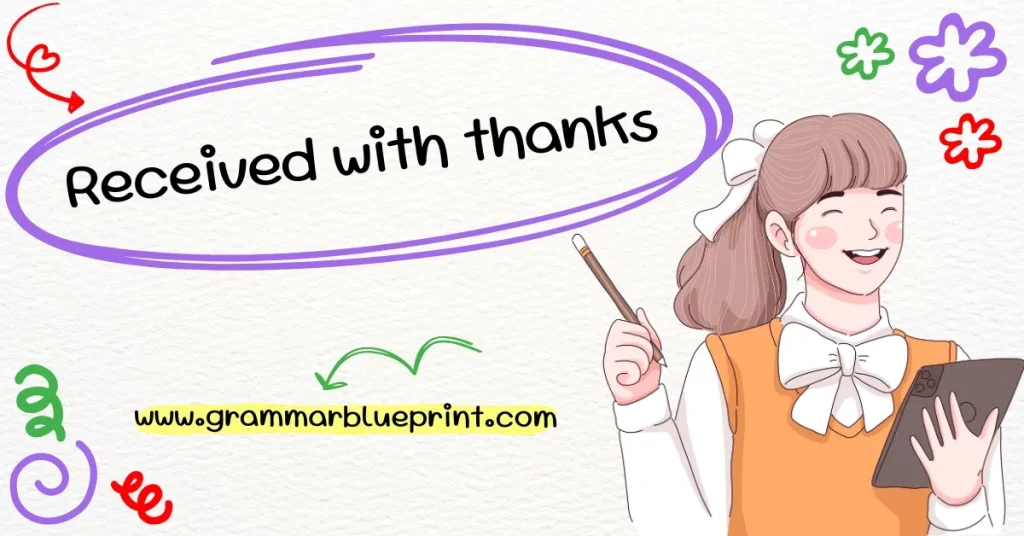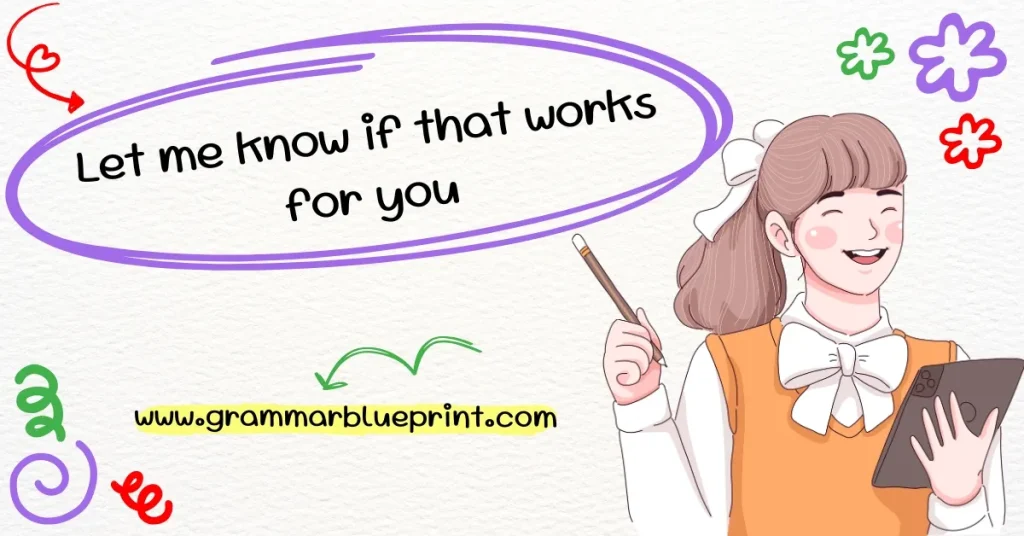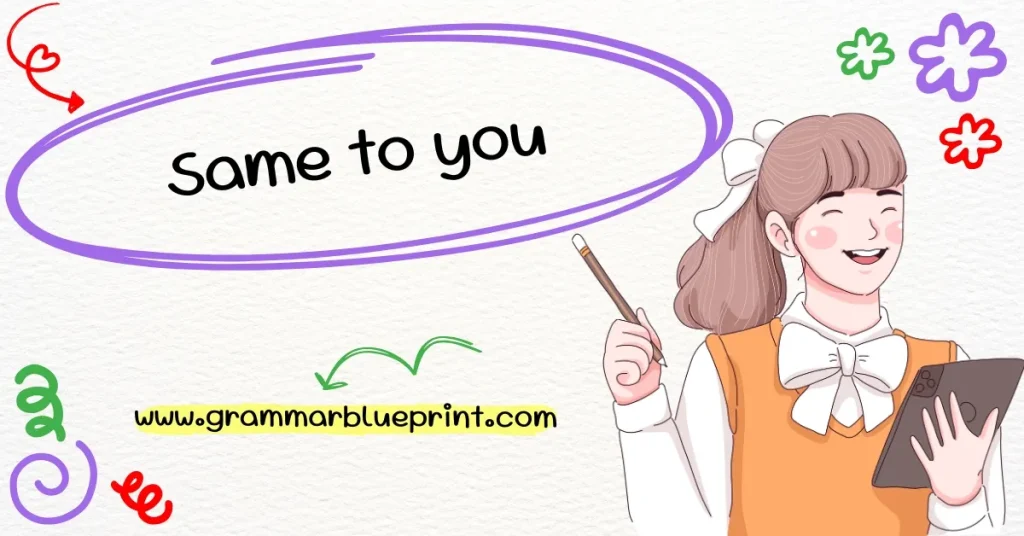The phrase “received with thanks” is often used in both personal and professional communication to acknowledge receipt of something, while also expressing gratitude. It is a simple yet powerful way to show appreciation, and it can be adapted to different contexts—whether in formal emails, business letters, or casual conversations.
What is “Received with Thanks”?
“Received with thanks” is a polite phrase used to confirm that something has been received and that gratitude is being expressed. It’s commonly used in formal emails, letters, and professional communication. This phrase helps to convey appreciation in a concise and respectful manner, making it ideal for work and business contexts.
The general usage of this phrase extends beyond business settings; it can also be used in personal conversations to show gratitude for things like gifts, favors, or help.
Why Use “Received with Thanks”?
Using “received with thanks” is a simple and effective way to express gratitude and acknowledgment in communication. It ensures that the sender knows their message or document has been received and appreciated. This phrase maintains politeness and professionalism, especially in formal settings like business emails or letters.
Additionally, it enhances communication clarity. By confirming that something has been received, you avoid misunderstandings or confusion. It reassures the sender that their action has been acknowledged and is appreciated.
How to Use “Received with Thanks” in Different Contexts
In Business Communication
In a professional setting, using “received with thanks” confirms that you’ve received documents, emails, or requests. It’s a concise way to convey both acknowledgment and gratitude without going into too much detail.
Example:
“Dear [Name],
Thank you for sending the report. It has been received with thanks, and I will review it shortly.
Best regards,
[Your Name]”
In Personal Communication
In personal settings, “received with thanks” can be used to acknowledge gifts, assistance, or information received. It’s a polite and respectful way to show appreciation.
Example:
“Dear [Name],
Thank you so much for the lovely gift! It was received with thanks, and I truly appreciate your kindness.
Warm regards,
[Your Name]”
Common Mistakes to Avoid When Using “Received with Thanks”
While “received with thanks” is a polite and professional phrase, it’s important to use it appropriately. Here are some common mistakes to avoid:
- Overuse or Incorrect Placement in Sentences: Overusing the phrase in situations where a simpler acknowledgment is sufficient can make communication seem overly formal.
- Misunderstanding Its Formality Level: “Received with thanks” is best used in formal settings. In casual conversations, it might come off as overly stiff or out of place.
- Mixing it up with Phrases Like “Thank You For…”: Be mindful of how the phrase is used. While “thank you for…” focuses on the action or item received, “received with thanks” is more about confirming receipt and expressing gratitude in a concise manner.
Benefits of Using “Received with Thanks” in Communication
Professionalism
Using “received with thanks” in professional communication helps maintain a formal tone, which is crucial in emails or letters that require clarity and respect. It ensures that you don’t come across as too casual or indifferent.
Acknowledgment
It shows appreciation without needing excessive elaboration. Sometimes, a simple confirmation and expression of thanks are all that is necessary, and this phrase perfectly fills that need.
Better Alternatives to Say “Received with Thanks”
If you’re looking for variety or different ways to express acknowledgment and gratitude, here are some alternative phrases. These can be used in both formal and informal contexts, depending on the situation.
1. Acknowledged with Gratitude
- Meaning: A more formal version of “received with thanks.”
- Best Use: Ideal for formal emails or business communication.
- Tone: Very formal and respectful.
Example:
“Dear [Name],
Your email has been acknowledged with gratitude. Thank you for the prompt response.”
2. Thank You for the Receipt
- Meaning: Directly thanks someone for sending or delivering something.
- Best Use: Suitable for acknowledging received documents or goods.
- Tone: Neutral to formal.
Example:
“Dear [Name],
Thank you for the receipt of the contract. It’s appreciated.”
3. Gratefully Received
- Meaning: Indicates that the received item or action is appreciated.
- Best Use: Suitable for both formal and personal communication.
- Tone: Polite and appreciative.
Example:
“Dear [Name],
The package was gratefully received. Thanks again!”
4. Thanks for Sending
- Meaning: A simple acknowledgment of receiving something.
- Best Use: Casual email or informal communication.
- Tone: Friendly and approachable.
Example:
“Hi [Name],
Thanks for sending over the files. I’ve received them.”
5. Appreciate It
- Meaning: Casual, but still expresses gratitude.
- Best Use: Informal or semi-formal contexts.
- Tone: Friendly and informal.
Example:
“Thanks for the help! Appreciate it.”
6. Noted with Thanks
- Meaning: Commonly used in business emails to confirm receipt.
- Best Use: Professional settings.
- Tone: Formal and concise.
Example:
“Dear [Name],
Your suggestions have been noted with thanks.”
7. Thank You for Your Attention
- Meaning: Acknowledges that someone has taken time to address your request.
- Best Use: Formal communication, especially when requesting information.
- Tone: Polite and formal.
Example:
“Dear [Name],
Thank you for your attention to this matter. I look forward to your response.”
8. Thanks for the Confirmation
- Meaning: Acknowledges receipt of confirmation or verification.
- Best Use: When confirming receipt of a confirmation email or message.
- Tone: Professional and direct.
Example:
“Dear [Name],
Thanks for the confirmation. I’ll proceed as discussed.”
9. Gratefully Acknowledged
- Meaning: A formal and respectful acknowledgment.
- Best Use: High-level business communications.
- Tone: Very formal.
Example:
“Dear [Name],
Your email has been gratefully acknowledged. Thank you for your prompt response.”
10. Sincerely Acknowledged, Thanks
- Meaning: A formal way of acknowledging receipt and expressing gratitude.
- Best Use: Formal emails or professional settings.
- Tone: Highly formal.
Example:
“Dear [Name],
Your proposal has been sincerely acknowledged. Thank you for your time.”
11. With Appreciation
- Meaning: Expresses gratitude with a slightly more personal touch.
- Best Use: In both professional and personal contexts.
- Tone: Formal to semi-formal.
Example:
“Dear [Name],
The document has been received with appreciation. Thanks for sending it.”
12. Thanks a Lot
- Meaning: A more casual expression of gratitude.
- Best Use: Informal communications.
- Tone: Casual and friendly.
Example:
“Thanks a lot for the help! I really appreciate it.”
13. I Appreciate It, Thanks
- Meaning: A simple and direct way of expressing gratitude.
- Best Use: Both formal and informal contexts, depending on the situation.
- Tone: Polite, friendly, and neutral.
Example:
“Thank you for your help! I appreciate it, thanks!”
14. Many Thanks
- Meaning: A more formal way of saying thank you, often used in emails or letters.
- Best Use: Professional communication, especially when expressing gratitude after receiving information or documents.
- Tone: Formal yet polite.
Example:
“Many thanks for your prompt response. I will proceed with the next steps.”
15. Much Appreciated
- Meaning: A casual, yet polite expression of gratitude.
- Best Use: Informal settings or when you want to show appreciation without being overly formal.
- Tone: Casual and friendly.
Example:
“Thanks for your quick reply! Much appreciated.”
16. Thanks for the Update
- Meaning: Acknowledges and expresses gratitude for receiving the latest information or progress.
- Best Use: When someone provides you with an update on a project or task.
- Tone: Neutral to professional.
Example:
“Thanks for the update. I’ll review the information and get back to you soon.”
17. I’m Grateful, Thank You
- Meaning: A formal way to express gratitude, often used when receiving something important.
- Best Use: Professional emails or formal letters where you want to add a touch of sincerity.
- Tone: Formal and respectful.
Example:
“I’m grateful for the time and effort you’ve dedicated to this. Thank you.”
18. Received with Appreciation
- Meaning: A formal acknowledgment and expression of gratitude.
- Best Use: Ideal for business emails or formal communication when confirming receipt of important materials.
- Tone: Formal and respectful.
Example:
“Your report has been received with appreciation. I will review it and provide feedback soon.”
19. Thank You for the Information
- Meaning: Specifically acknowledges and expresses thanks for receiving information.
- Best Use: When someone provides you with important details or data.
- Tone: Neutral and professional.
Example:
“Thank you for the information. I’ll follow up with the next steps shortly.”
20. Received and Acknowledged
- Meaning: A concise and formal way of confirming receipt of something.
- Best Use: When confirming documents, emails, or other important items.
- Tone: Professional and to the point.
Example:
“Your proposal has been received and acknowledged. Thank you.”
21. Got It, Thanks
- Meaning: A casual, informal way to confirm receipt of something.
- Best Use: When replying to a casual request or email.
- Tone: Casual and friendly.
Example:
“Got it, thanks! I’ll take care of it.”
22. Thanks for Sending It Over
- Meaning: Expresses gratitude for receiving something that was sent.
- Best Use: Casual emails or messages when you’re thanking someone for sending information or documents.
- Tone: Friendly and informal.
Example:
“Thanks for sending it over. I’ll review it and get back to you soon.”
23. Noted with Thanks
- Meaning: A formal acknowledgment of receipt, usually used in business communication.
- Best Use: When confirming receipt of an important message, email, or report.
- Tone: Formal and professional.
Example:
“Noted with thanks. I will take appropriate action based on the information.”
24. I Appreciate Your Help, Thank You
- Meaning: A polite and appreciative way to express gratitude for someone’s assistance.
- Best Use: When thanking someone for their support or help with something specific.
- Tone: Friendly, formal, and sincere.
Example:
“I appreciate your help, thank you. Your support made a big difference!”
25. Thanks for the Confirmation
- Meaning: Acknowledges and thanks someone for confirming information.
- Best Use: Ideal for confirming receipt or verification of important details.
- Tone: Professional and polite.
Example:
“Thanks for the confirmation. I will proceed with the next steps.”
26. Sincerely Appreciated
- Meaning: A formal way of expressing genuine gratitude.
- Best Use: Used in formal letters or emails when expressing heartfelt thanks.
- Tone: Very formal and sincere.
Example:
“Your support in this matter is sincerely appreciated. Thank you.”
27. With Gratitude
- Meaning: A formal and polite expression of thanks.
- Best Use: When you want to show deep appreciation in professional or formal communication.
- Tone: Formal and respectful.
Example:
“Thank you for your assistance, with gratitude.”
28. Appreciated, Thank You
- Meaning: A more casual acknowledgment and thanks for something received.
- Best Use: Suitable for informal emails or messages where you wish to be polite yet brief.
- Tone: Casual and polite.
Example:
“Appreciated, thank you. I’ll get back to you once I’ve reviewed this.”
29. Thanks for the Receipt
- Meaning: Acknowledges that you’ve received something, such as a receipt or confirmation.
- Best Use: Ideal for situations where you’re confirming the receipt of something official.
- Tone: Formal and professional.
Example:
“Thanks for the receipt of the payment. We appreciate your timely action.”
30. Thank You, Duly Noted
- Meaning: Indicates that something has been received and acknowledged, often used in business communication.
- Best Use: When confirming that you have received and understood the information.
- Tone: Formal and professional.
Example:
“Thank you, duly noted. I will ensure that the necessary steps are taken.”
How to Respond to “Received with Thanks”
When someone sends you a message that includes “received with thanks,” it’s important to know how to respond appropriately.
- Formal Response: If the message is formal, you can simply reply with “You’re welcome” or “It was my pleasure.”
- Casual Response: In informal settings, you can respond with a more relaxed acknowledgment like “Glad to help!” or “Anytime!”
Best Practices for Using “Received with Thanks” in Emails
Structure of Formal Emails
When writing formal emails, it’s important to structure your message correctly and include polite phrases like “received with thanks” where appropriate. Here’s an example:
Example Email Template:
Subject: Acknowledgment of Report Submission
Dear [Recipient’s Name],
I hope this message finds you well. I am writing to confirm that I have received your report, which has been reviewed with thanks. I will get back to you with feedback shortly.
Thank you for your prompt submission.
Best regards,
[Your Name]
Tone and Etiquette
Maintaining a polite and respectful tone is key in professional communication. Avoid being too casual, and ensure that your responses are clear and polite, especially when confirming the receipt of important documents or information.
Conclusion
Using “received with thanks” is a simple and effective way to show gratitude and confirm receipt in both formal and informal settings. By incorporating this phrase or its alternatives in your communication, you ensure that your messages are polite, clear, and professional. Whether you’re acknowledging documents in the workplace or expressing gratitude in personal interactions, this phrase will help you communicate more effectively.



